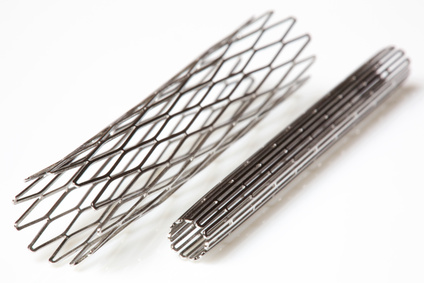True left main stem bifurcation patients have shown fewer adverse events with stepwise provisional stenting vs systematic dual stenting as first strategy, even though the difference was not significant.

Usually, for any other vessel, the preferred technique is provisional stenting. However, when it comes to the left main, there is a randomized, dedicated, well designed study that favored systematic dual stenting.
The EBC MAIN was carried out in 11 European countries including 467 true left main bifurcation patients (Medina 1.1.1 or 0.1.1). Patients were randomized to provisional stenting (n=230) or systematic dual stenting (n=237).
Primary end point was a combination of death, MI and target vessel revascularization at 12 months and happened in 14.7% in the provisional stenting group vs 17.7% in the dual stenting group (HR 0.8, CI 95% 0.5 to 1.3; p=0.34).
Secondary end points produced the following results: death 3.0% SP vs 4.2% DS (p=0.48); MI 10% SP vs 10.1% DS (p=0.91); TV revascularization 6.1% SP vs 9.3% DS (p=0.16) and stent thrombosis 1.7% SP vs 1.3% DS (p=0.9).
Procedural time, x-ray dose and materials were in favor of PS.
Read also: TAVR vs Sutureless Surgical Aortic Valve Replacement in Low-Risk Patients.
Symptom improvement was excellent and identical in both groups.
Conclusion
True left main stem bifurcation patients benefited from provisional stenting, though the difference did not reach statistical significance. The default strategy to treat the left main should continue to be provisional stenting.
ehab283Reference: David Hildick-Smith et al. Eur Heart J. 2021 Oct 1;42(37):3829-3839. doi: 10.1093/eurheartj/ehab283.
Subscribe to our weekly newsletter
Get the latest scientific articles on interventional cardiology





